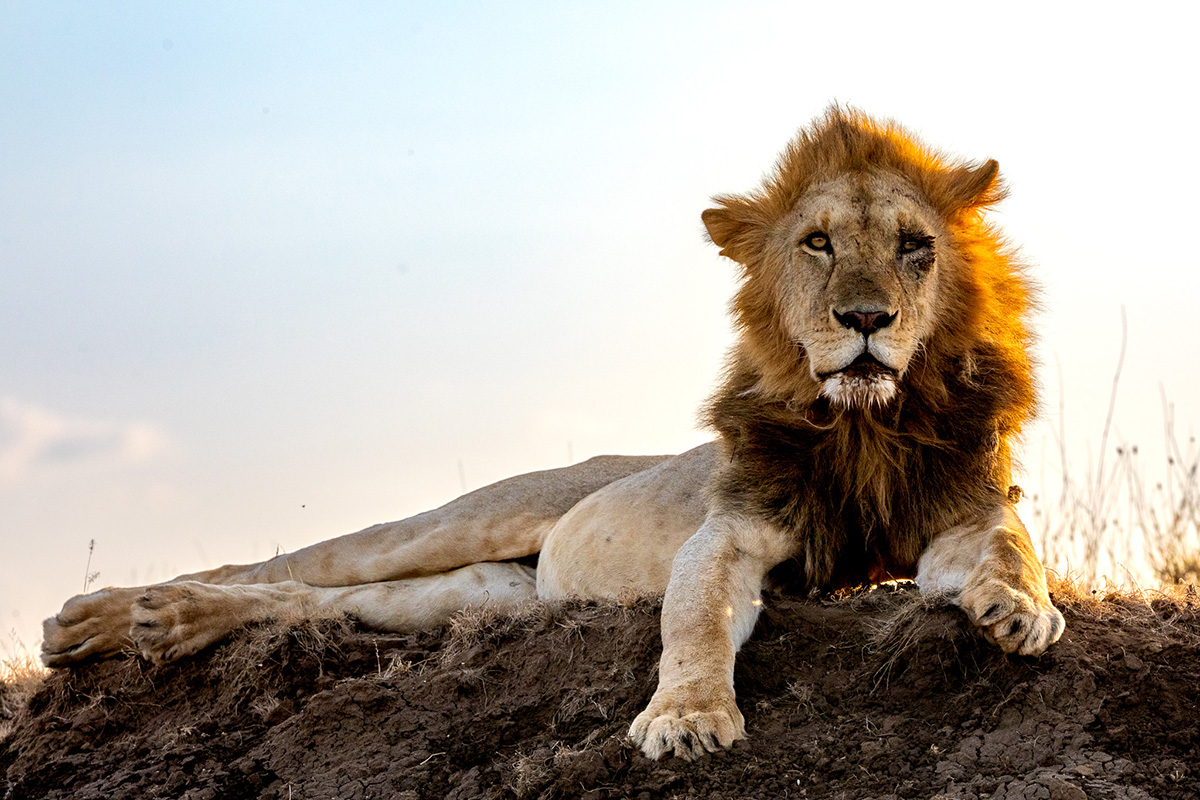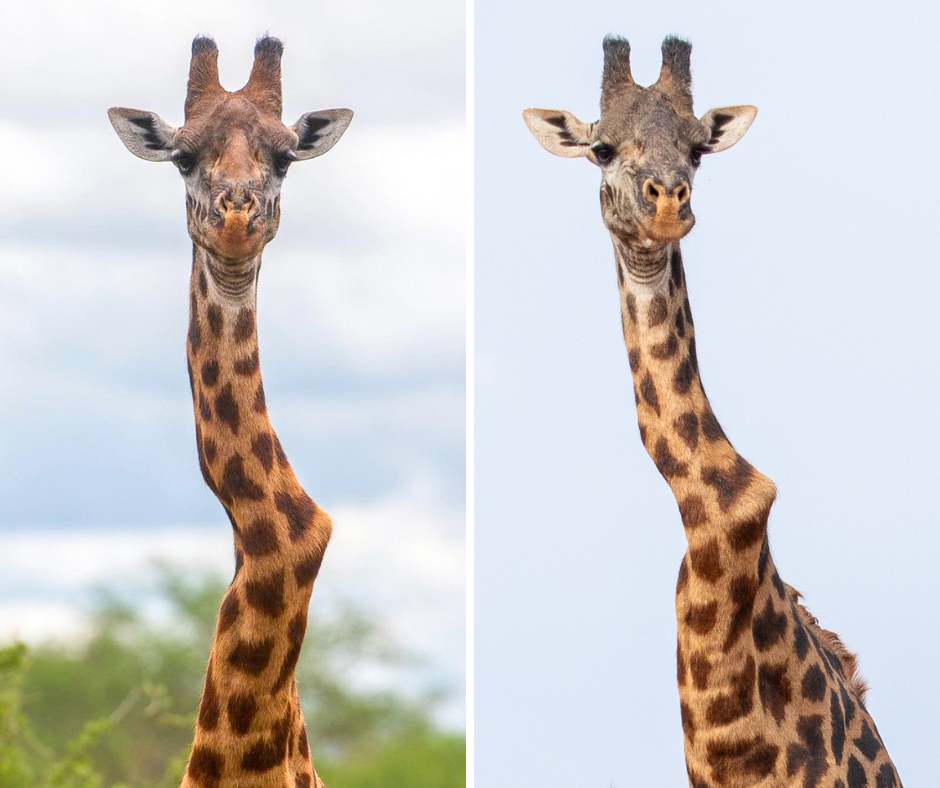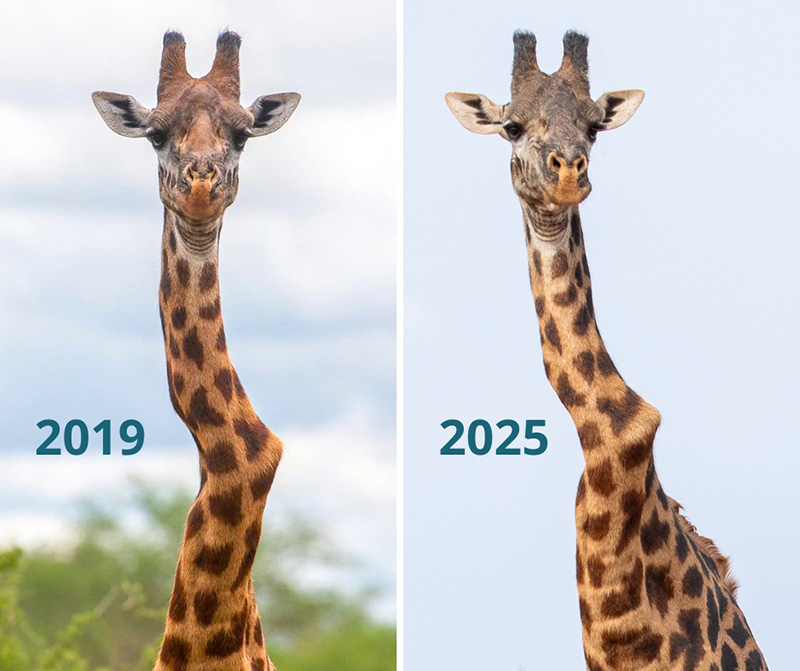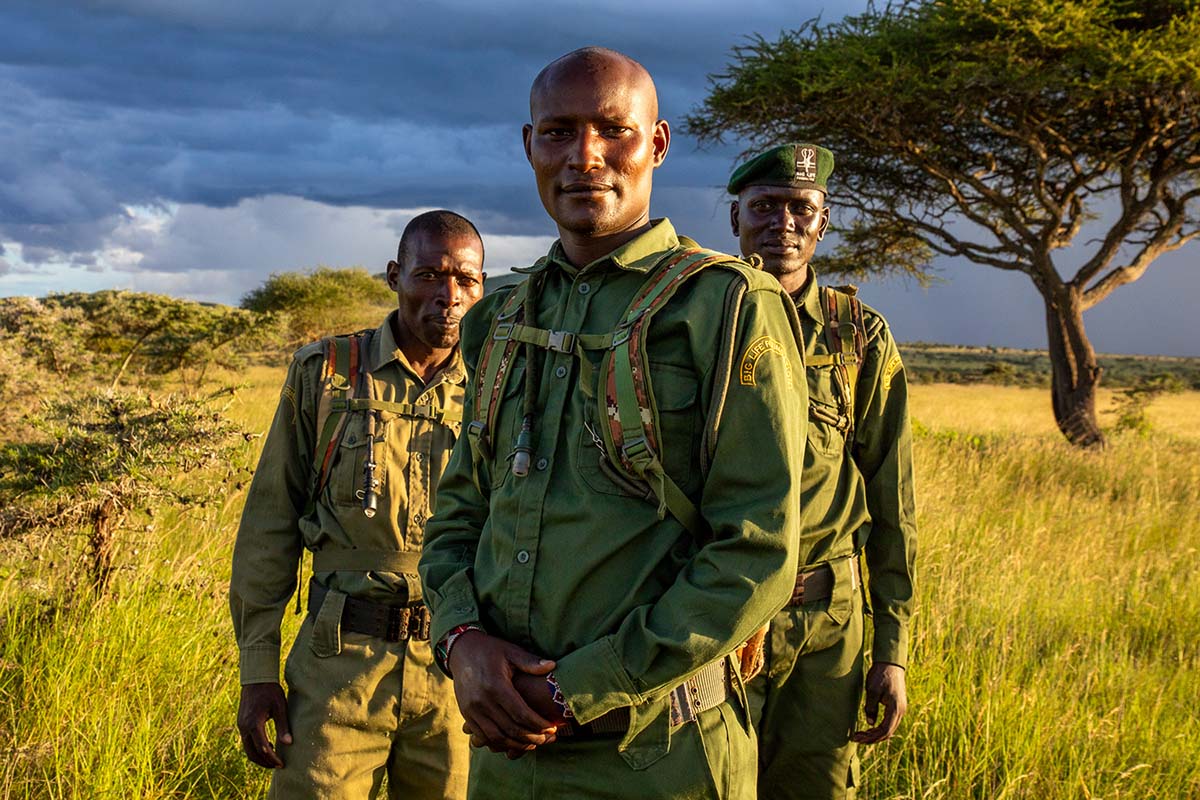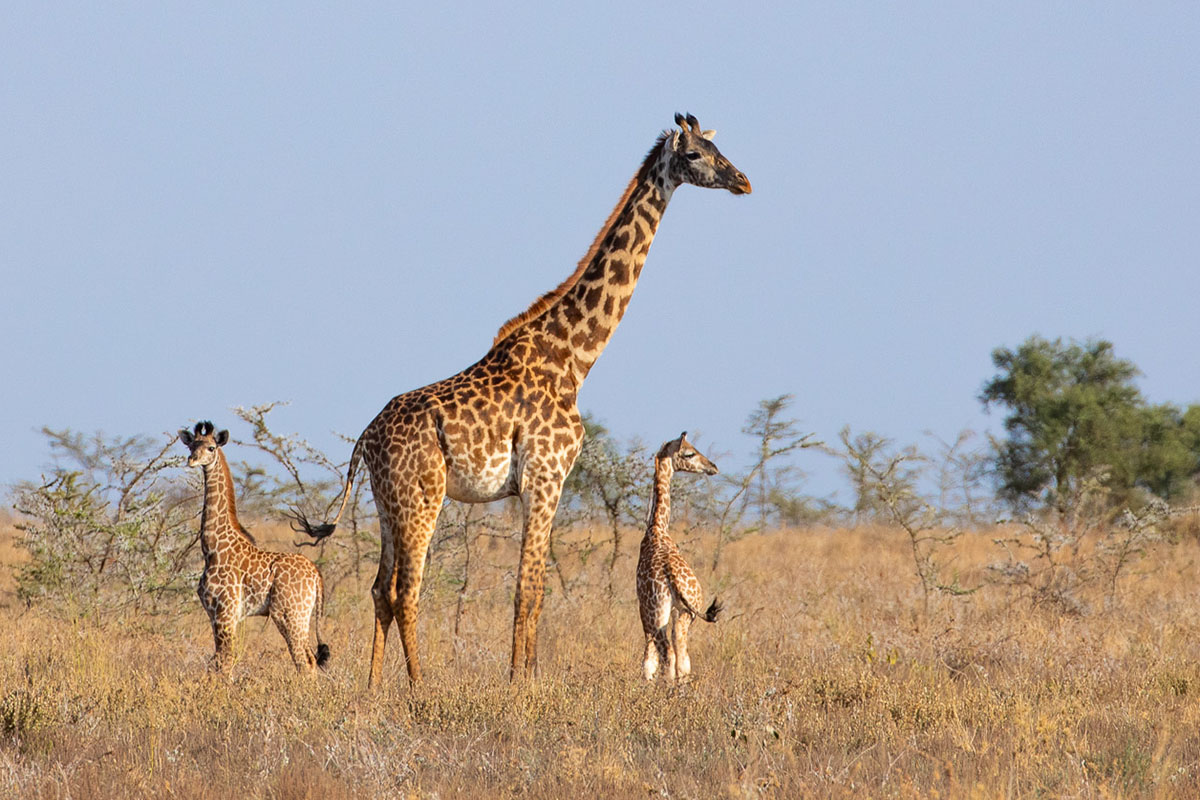
Over the second quarter, Big Life’s ranger teams have responded to a noticeable uptick in bushmeat poaching incidents—an unfortunate reality during times of economic hardship. Our rangers, drawn from the very communities most affected, have been relentless in their patrols, arrests, and community outreach, all while navigating the complex dynamics that drive these offenses. Thanks to their vigilance, numerous illegal activities were intercepted, and the lives of countless wild animals spared.
At the same time, we’ve seen a promising trend: fewer crop raids by elephants, largely due to consistent and widespread rainfall last Spring. When water and food are readily available in the bush, conflict between people and wildlife decreases—a welcome reprieve for both. However, this doesn’t mean our work slows down, especially as the dry season sets in. If anything, it underscores the urgent need to secure and protect critical wildlife corridors and habitats, ensuring that as Amboseli’s wild inhabitants roam, they have the space they need to survive and thrive.
None of this would be possible without the steadfast support of our donors. You are the reason our boots stay on the ground, our vehicles stay moving, and our rangers stay watchful. Thank you for standing with us and with the communities who share their land with wildlife. Together, we are building a future where people and animals can flourish side by side.
Benson Leyian
Chief Executive Officer –
Big Life Foundation Kenya
SEE THE FULL 2ND QUARTERLY REPORT
Photo: Joshua Clay

